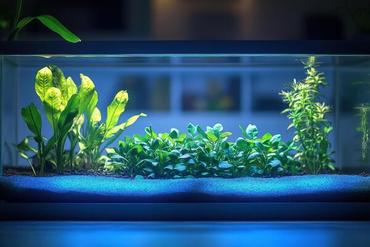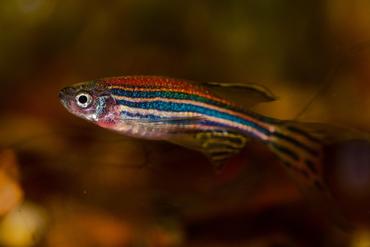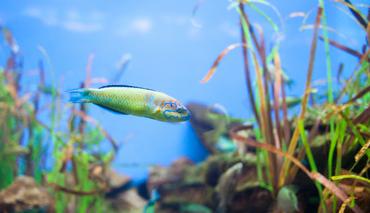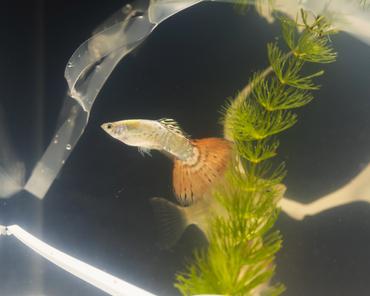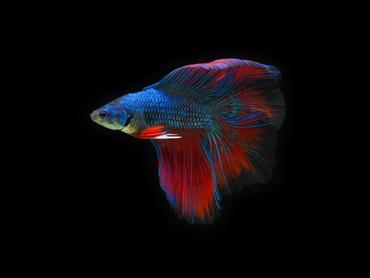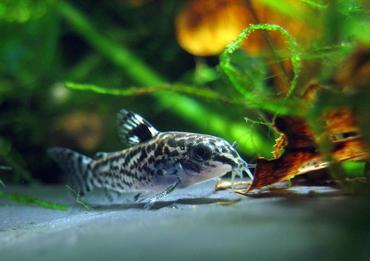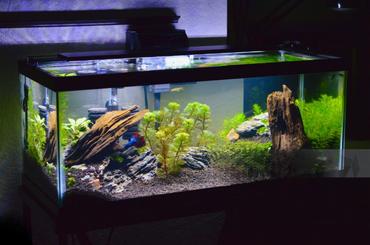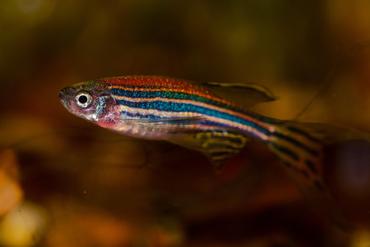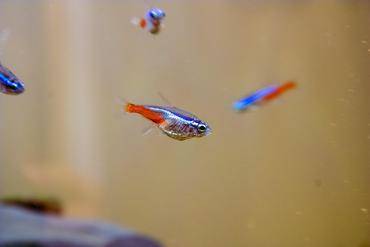AQUARIUM TEMPERATURE GUIDE: WHAT’S BEST FOR YOUR FISH?
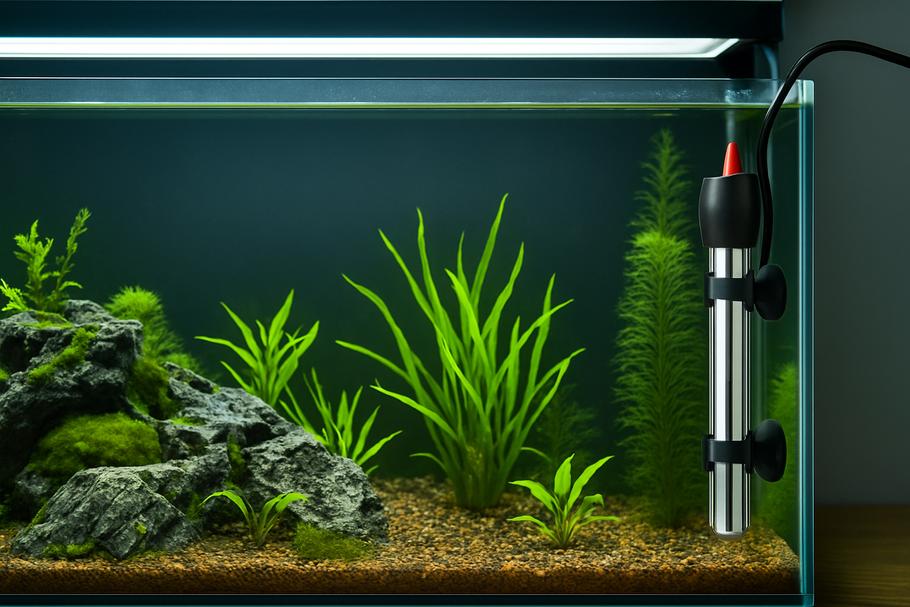
Updated
A well-planted freshwater aquarium equipped with a submersible heater and filtration system to maintain optimal water temperature for healthy fish and plant life.
How to set, manage, and troubleshoot water temperatures in freshwater tanks.
In the wild, fish live in waters with stable, predictable temperatures. In your home aquarium, even a small change can cause stress, illness, or worse. Unfortunately, temperature is one of the most overlooked factors by beginner hobbyists.
In this guide, we’ll break down:
Ideal temperature ranges by fish type
How to heat and cool your tank
What happens when temps go wrong
Equipment tips and beginner mistakes to avoid
Let’s help you dial in the right temperature for your tank!
1. What’s the Ideal Temperature for Freshwater Fish?
Most freshwater tropical fish thrive in water that’s between 74°F and 80°F (23°C–27°C)—but there are important exceptions.
Tropical Community Fish (Platies, Tetras, Gouramis)
- Range: 74–78°F (23–26°C)
- Ideal for mixed-species tanks
Coldwater Fish (Goldfish, White Cloud Mountain Minnows)
- Range: 60–72°F (16–22°C)
- Don’t require heaters—good for unheated rooms
Planted Tanks with Fish (Neon Tetras, Corydoras, Rams)
- Range: 75–80°F (24–27°C)
- Helps both fish and plants thrive
Tip:
Use a reliable aquarium thermometer to monitor water—don’t trust the heater alone.
2. How to Heat Your Aquarium Properly
Most aquariums need a heater to maintain a stable temperature—especially in colder climates or during the winter.
Types of Aquarium Heaters:
- Submersible Heaters (most common): Fully waterproof, placed horizontally near flow
- Preset Heaters: Plug-and-play, but not adjustable
- Inline Heaters: Great for canister filter setups
- Heating Mats: Used under tanks (rare for fish, more for reptiles)
Heater Size Guide:
As a rule of thumb, you need 3–5 watts per gallon.
Examples:
- 10-gallon tank → 50W heater
- 20-gallon tank → 100W heater
- 55-gallon tank → 200W heater
Pro Tip: Use two smaller heaters instead of one large one for redundancy.
3. How to Cool Down a Tank That’s Too Hot
In summer or in hot climates, aquariums can easily overheat. Too much heat causes low oxygen levels and stress.
Cooling Methods:
- Install an aquarium fan to increase surface evaporation
- Float frozen water bottles for emergency cooling
- Use an AC-powered chiller (best for sensitive species like Discus or shrimp)
- Keep lights and lids off during heat waves
- Move tank away from windows or direct sun
Warning: Don’t change the temp too fast. Rapid swings can kill fish faster than consistent heat.
4. Signs Your Fish Are Too Hot or Too Cold
Fish won’t tell you in words—but they’ll show it in behavior.
Too Hot:
- Gasping near the surface
- Rapid gill movement
- Lethargy and hiding
- Algae overgrowth from warm water/light combo
Too Cold:
- Sluggish swimming
- Loss of appetite
- Clamped fins
- Hanging at the bottom of the tank
5. Species-Specific Temperatures (Quick Reference)
| Fish Species | Ideal Temp (°F) |
|---|---|
| Guppies | 74–82 |
| Neon Tetras | 72–78 |
| Angelfish | 78–82 |
| Bettas | 76–80 |
| Goldfish (Fancy) | 65–72 |
| Bristlenose Pleco | 73–80 |
| White Cloud Minnow | 60–72 |
| German Blue Ram | 78–85 |
| Corydoras Catfish | 72–78 |
| Discus (Advanced) | 82–86 |
6. Do You Need a Heater? Not always.
Some fish don’t require heated water—which can save you money and simplify care.
Fish That Thrive Without Heaters:
- Goldfish
- White Cloud Mountain Minnows
- Zebra Danios
- Hillstream Loaches
7. Common Beginner Mistakes with Temperature
Avoid these common errors to keep your fish healthy:
- Using a heater without a thermometer
- Letting temperature fluctuate too much (±3°F per day)
- Putting the tank in direct sunlight
- Skipping acclimation when adding new fish
- Trusting heater dials—always verify with a thermometer
Related reading: How to Acclimate New Fish
Conclusion: Keep it Consistent
Whether your fish prefer balmy tropical waters or cool mountain streams, the most important thing is stability. Sudden changes are more harmful than being slightly outside the ideal range.
Use a reliable heater and a backup thermometer, and monitor your tank daily—especially during seasonal changes.

